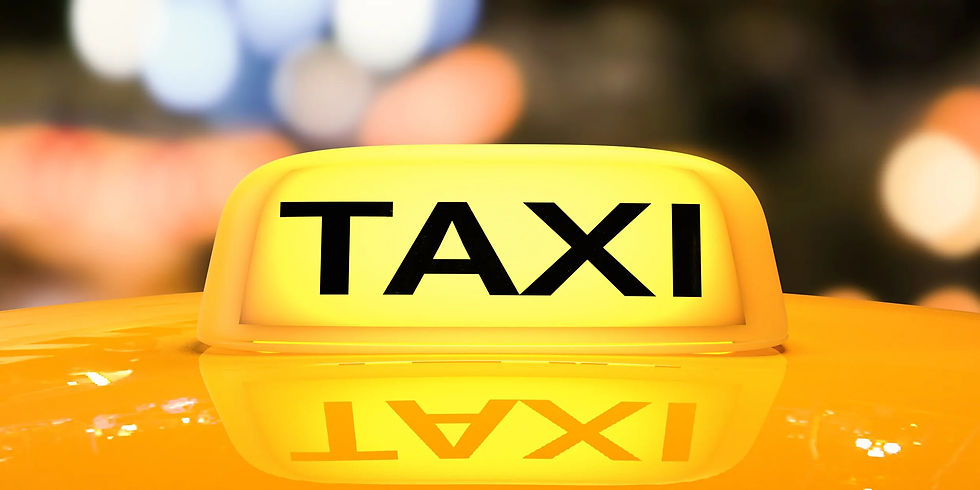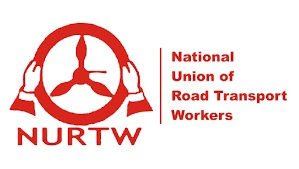Decoding Taxi Routes: Unveiling the Decision-Making Processes of Taxi Routes
- sisandasocials
- Oct 25, 2023
- 2 min read
Updated: Nov 10, 2023

For an organisation to be a success, it has to operate systematically, there should be mechanisms in place to assist in decision-making processes and in ensuring that the organisation is able to attain the optimal level of utility from any situation it is faced with. There is limited information on how taxi routes are created, and the mechanisms used to back the decisions (Kerzhner, 2023). From a macroscopic perspective, demand plays a huge role in the level of supply in taxis you have on a specific route. In other words, if there are fewer commuters on a certain route there will be less demand and therefore the route is not likely to form the taxi network (Cervero, 2000; Grava, 1978; Kumar and Barrett, 2008). The taxi industry in Lagos has always remained autonomous and free of external influences when it comes to how it governs itself and makes decisions. Taxi operators and conductors have always made the decisions when it comes to choosing taxi routes, they are the entrepreneurs with a better understanding of which routes can ensure profitability (Hassan et al, 2023). The only form of regulation that the Nigerian government has imposed thus far on the taxi industry is the National Union of Road Transport Workers (NURTW), which registers taxi operators and has no impact on the industry’s inner workings (Madugu, 2018).
City expansion and peripheral development directly correlate with the expansion of taxi routes. Internal structures within the industry are always on the lookout for new territory on which they can expand their services (Kerzhner, 2023). Expansion can also be influenced by two areas in opposite directions performing economically well which creates a corridor that informal taxis utilize as their route. Choosing new routes can lead to unexpected costs and externalities that can lead to exploitative working conditions (Rizzo, 2017; Spooner, 2018; Spooner et al., 2020). Some operators might be liable for paying a fee to use a certain route if they are not part of the same association as the one that is deemed to work the route. We can’t be certain for sure that there is no written formula when it comes to acquiring taxi routes but it’s very much evident that it is a rigorous process that is thought through within the internal structures of taxis and has been applied over and over again.
References
Cervero, R. (2000). Informal transport in the developing world. UN-HABITAT.
Grava, S., 1978. Locally generated transportation modes of the developing world. Transportation Research Board Special Report, (181).
Kerzhner, T., 2023. How are informal transport networks formed? Bridging planning and political economy of labour. Cities, 137, p.104348.
Kumar, A. and Barrett, F., 2008. Stuck in traffic: Urban transport in Africa. AICD Background paper, 1.
Madugu, Y.U., 2018. Filling the mobility gaps: The shared taxi industry in Kano, Nigeria. The Journal of Transport History, 39(1), pp.41-54.
Rizzo, M. (2017). Taken for a ride: Grounding neoliberalism, precarious labour, and public
transport in an African metropolis. Oxford University Press.
Spooner, D. (2018). Nairobi bus rapid transit: Labour impact assessment.



Try to avoid writing in active voice [we, I] and do not use contractions in academic work [can't, it's].